The Woven Tapestry Of Identity: Clothing Of The Ancient Celts
The Woven Tapestry of Identity: Clothing of the Ancient Celts
Related Articles: The Woven Tapestry of Identity: Clothing of the Ancient Celts
Introduction
In this auspicious occasion, we are delighted to delve into the intriguing topic related to The Woven Tapestry of Identity: Clothing of the Ancient Celts. Let’s weave interesting information and offer fresh perspectives to the readers.
Table of Content
The Woven Tapestry of Identity: Clothing of the Ancient Celts

The Celts, a group of Indo-European peoples who inhabited much of Europe from the Iron Age onwards, left an indelible mark on history. Their culture, rich in art, mythology, and social structure, is reflected in their material culture, particularly their clothing. While our understanding of Celtic dress is primarily gleaned from archaeological evidence and literary sources, the surviving fragments offer a fascinating glimpse into their lives and beliefs.
The Foundation of Function: Materials and Construction
The Celts, like many ancient cultures, relied on natural materials readily available in their environment. The backbone of their wardrobe was linen, a durable and versatile fabric made from flax. Wool, obtained from sheep, provided warmth and was often used for heavier garments, particularly in colder climates. Leather was another crucial material, used for footwear, belts, and protective gear.
Clothing construction was a complex process requiring significant skill and knowledge. Weaving, spinning, and dyeing were essential crafts, passed down through generations. The Celts employed a variety of techniques, including plain weave, twill weave, and tapestry weave, to create fabrics with varying textures and patterns.
The Layered Look: A Spectrum of Garments
Celtic clothing was layered, adapting to the diverse climates and activities of their daily lives. The basic garment for both men and women was the tunic, a simple, loose-fitting garment reaching to the knees or ankles. Tunics were often made of linen and could be adorned with decorative elements like embroidery or woven patterns.
Breeches or trousers were worn by men for warmth and practicality, particularly during colder seasons. These garments, made from wool or linen, were often fitted at the waist and loose-fitting in the legs.
Cloaks, essential for protection from the elements, were made from wool, linen, or leather. They could be simple rectangular pieces or more elaborate designs, featuring hoods or intricate fastenings.
Footwear varied depending on the climate and social status. Simple sandals made of leather were common, while more elaborate boots with laces or buckles were worn by those who could afford them.
Adornment and Expression: Beyond the Basics
Beyond their functional purpose, Celtic clothing served as a powerful means of social and cultural expression.
Jewelry played a significant role in adornment. Necklaces, bracelets, and earrings were crafted from materials like bronze, iron, gold, and amber, often featuring intricate designs and symbols with religious or cultural significance.
Hair was also an important element of personal appearance. Men often wore their hair long, sometimes styled in elaborate braids or buns. Women may have worn their hair long as well, adorned with combs, pins, and other decorative elements.
Color was a crucial part of Celtic aesthetics. Natural dyes, derived from plants and minerals, were used to create a wide range of colors, from earthy browns and greens to vibrant reds and blues. These colors were often used to create intricate patterns and designs, signifying social status, clan affiliation, or religious beliefs.
The Power of Symbolism: Clothing as a Cultural Narrative
Celtic clothing was more than just a means of covering the body; it was a tangible manifestation of their cultural identity.
Patterns and designs woven into fabrics often reflected the belief systems and mythology of the Celts. Geometric patterns, animal motifs, and symbolic figures were woven into the fabric of their garments, conveying messages about their beliefs, values, and social standing.
Color also held significant symbolic meaning. Red, for example, was associated with war and bravery, while blue represented wisdom and spirituality. The use of specific colors in clothing could indicate social status, tribal affiliation, or even religious beliefs.
The Legacy of Celtic Clothing: A Lasting Influence
While much of Celtic clothing has been lost to time, its legacy remains evident in modern fashion and cultural expression.
The tunic, a staple of Celtic clothing, has evolved into modern garments like dresses, shirts, and tunics. The cloak, with its practicality and symbolic significance, continues to inspire contemporary designers.
The intricate patterns and designs found in Celtic textiles have inspired artists, designers, and craftspeople for centuries. The Celtic knot, a recurring motif in their art, continues to be a popular symbol in modern design.
Beyond the Material: The Social Significance of Clothing
Celtic clothing played a vital role in shaping their social structure and defining individual identity. Clothing served as a visual marker of status, wealth, and social standing.
The type of fabric, the complexity of the design, and the use of specific colors all contributed to a person’s social identity. Elaborate garments, adorned with intricate patterns and precious metals, indicated wealth and high status.
Clothing also played a role in religious rituals and ceremonies. Certain garments were worn for specific occasions, symbolizing the wearer’s role in the ceremony and their connection to the divine.
A Glimpse into the Past: Archaeological Evidence and Literary Sources
Our understanding of Celtic clothing relies heavily on archaeological evidence and literary sources.
Archaeological sites have yielded fragments of textiles, jewelry, and other artifacts that offer valuable insights into their clothing practices. The Lindow Man, a bog body found in England, provides a detailed example of Celtic clothing, including a tunic, breeches, and a cloak.
Literary sources, such as the Irish sagas, provide vivid descriptions of Celtic clothing, offering insights into the social and cultural significance of garments. These texts describe the elaborate attire of heroes and kings, highlighting the importance of clothing in conveying power and status.
FAQs: Unraveling the Mystery of Celtic Dress
What is the most common garment worn by the Celts?
The most common garment worn by the Celts was the tunic, a simple, loose-fitting garment made of linen or wool.
Did the Celts wear trousers?
Yes, men wore breeches or trousers, often made from wool or linen, particularly in colder climates.
What were Celtic cloaks made of?
Cloaks were made from a variety of materials, including wool, linen, and leather. They were essential for protection from the elements and could be simple rectangular pieces or more elaborate designs.
What did Celtic jewelry look like?
Celtic jewelry was crafted from a variety of materials, including bronze, iron, gold, and amber. It often featured intricate designs and symbols with religious or cultural significance.
What colors did the Celts use in their clothing?
The Celts used natural dyes derived from plants and minerals to create a wide range of colors, including earthy browns and greens to vibrant reds and blues.
What was the significance of color in Celtic clothing?
Color held significant symbolic meaning in Celtic culture. Red was associated with war and bravery, while blue represented wisdom and spirituality. The use of specific colors in clothing could indicate social status, tribal affiliation, or even religious beliefs.
Tips for Understanding Celtic Clothing
- Focus on the materials: The Celts relied on natural materials readily available in their environment, such as linen, wool, and leather.
- Consider the climate: Celtic clothing adapted to the diverse climates of their regions, with layers providing warmth and protection.
- Recognize the symbolism: Patterns, designs, and colors held significant symbolic meaning, reflecting their beliefs and social structure.
- Explore archaeological evidence: Archaeological sites have yielded fragments of textiles, jewelry, and other artifacts that offer valuable insights into their clothing practices.
- Read literary sources: Irish sagas and other Celtic texts provide descriptions of clothing, offering insights into the social and cultural significance of garments.
Conclusion: A Woven Tapestry of Identity
The clothing of the ancient Celts was not merely a means of covering the body. It was a complex tapestry of identity, reflecting their beliefs, values, and social structure. From the simple tunic to the elaborate cloak, each garment served a practical purpose and conveyed a powerful message about the wearer’s status, affiliation, and place within their society. By examining the surviving fragments of their clothing, we can gain a deeper understanding of their lives, their beliefs, and their enduring legacy.

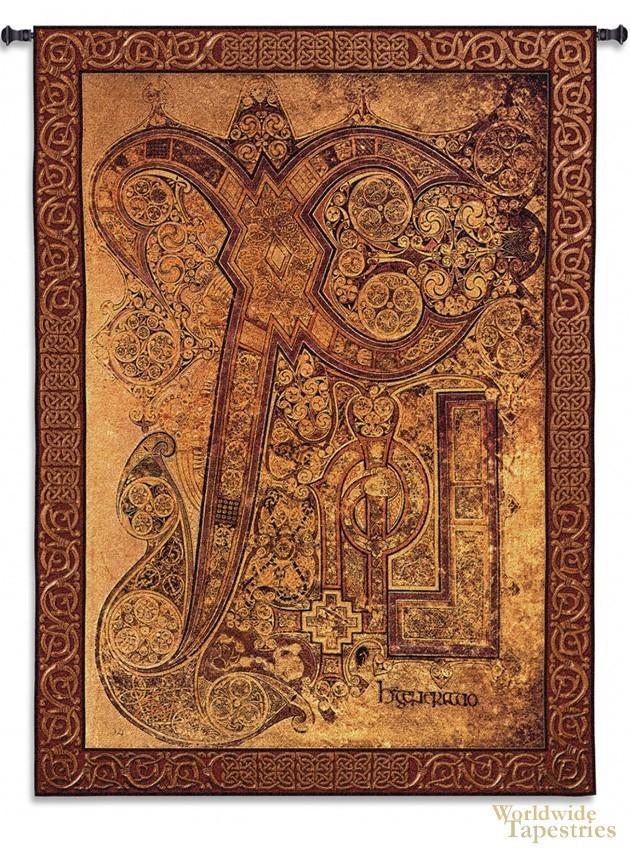

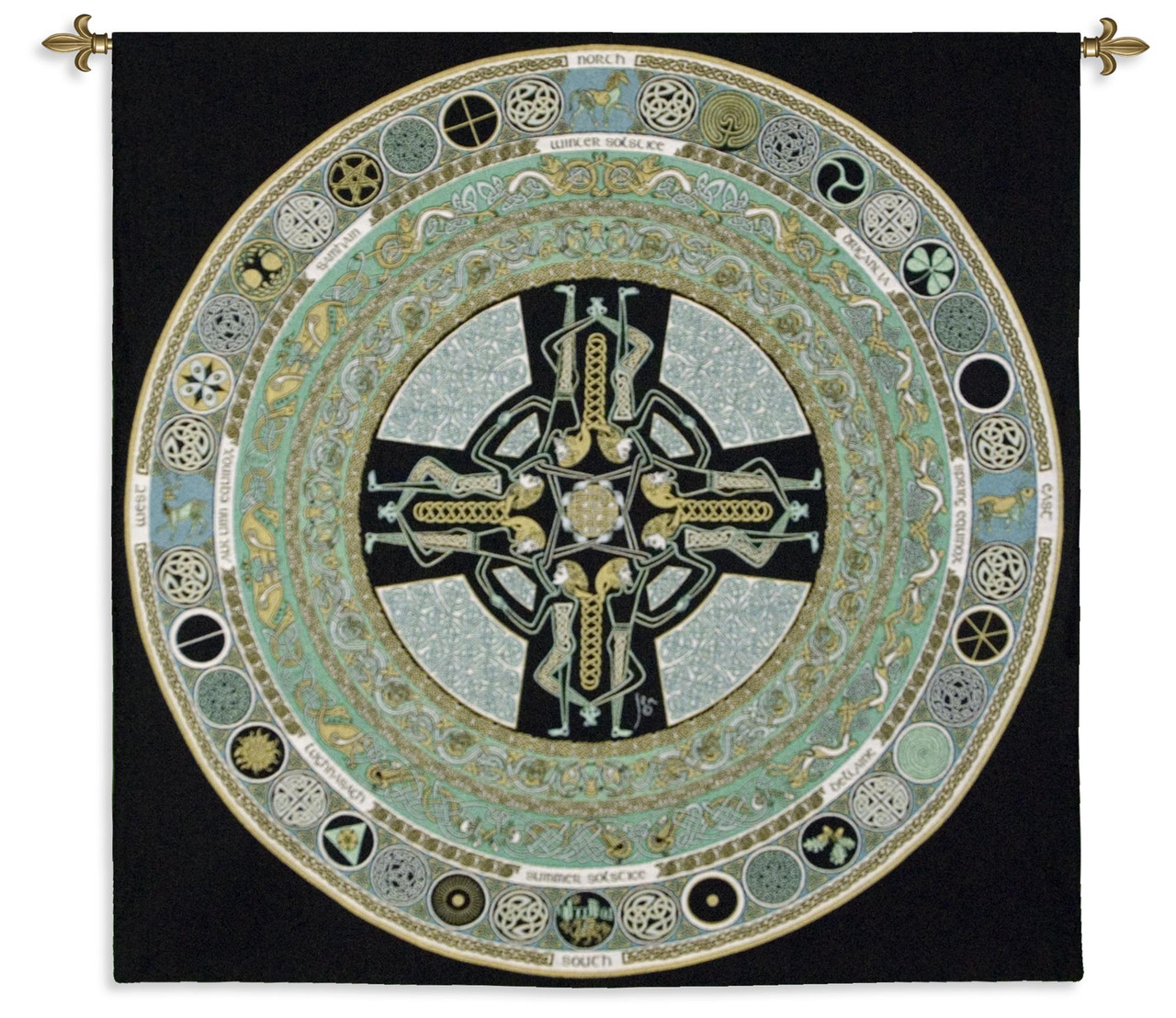
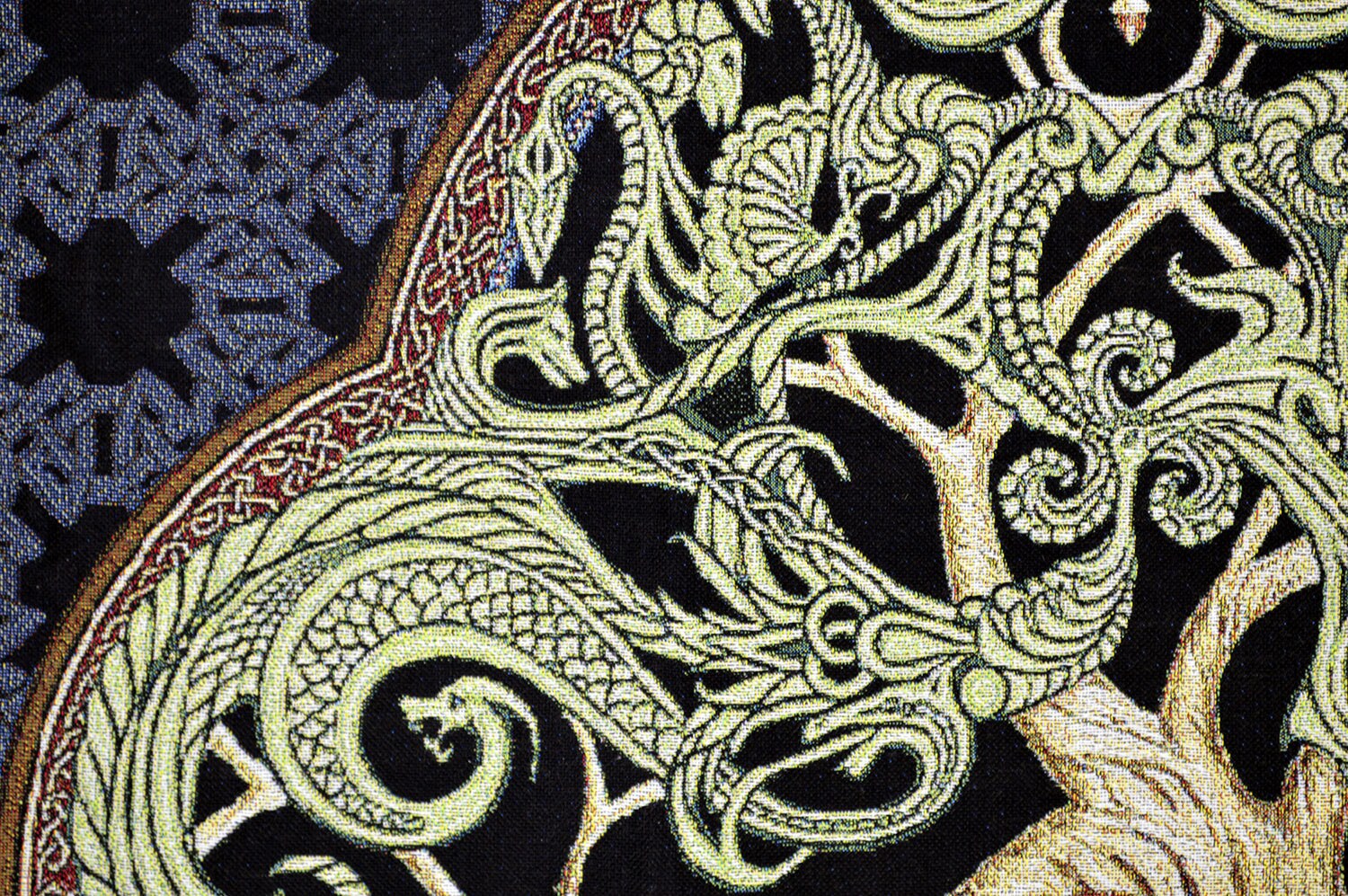
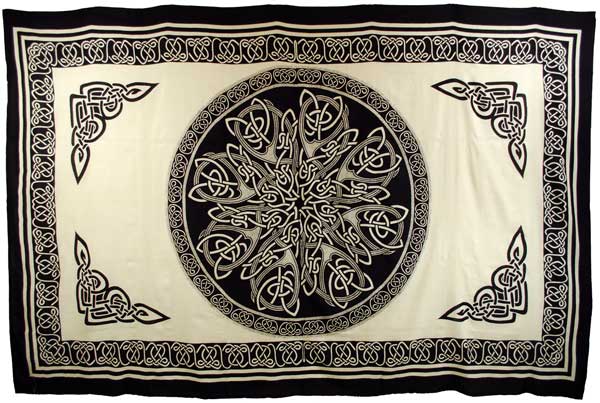
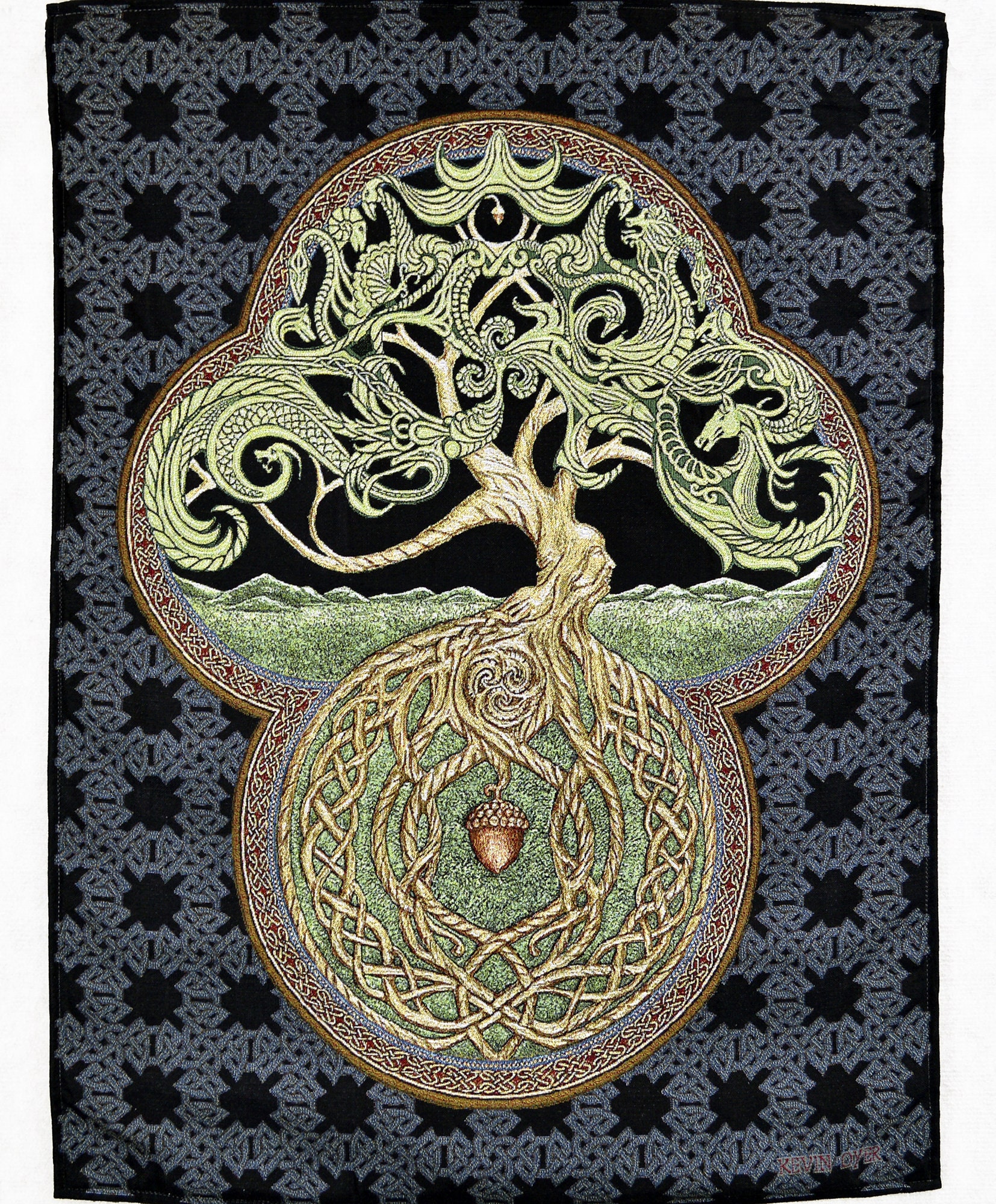
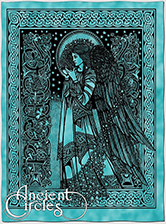
Closure
Thus, we hope this article has provided valuable insights into The Woven Tapestry of Identity: Clothing of the Ancient Celts. We thank you for taking the time to read this article. See you in our next article!
You may also like
Recent Posts
- The Allure Of Cubic Zirconia: A Comprehensive Guide To Its Beauty And Versatility
- The Evolution Of Jewelry Design: Embracing The Power Of CAD
- Corfe Castle: A Journey Through Time In The English Countryside
- Restoring A Precious Symbol: Repairing A Cut Ring
- A Comprehensive Guide To Silver Jewelry In Chennai: Unveiling The City’s Silver Treasures
- A Glimpse Into Kolkata’s Golden Legacy: Exploring City Gold Jewellery
- Navigating The Landscape Of Charitable Giving: Supporting Local Communities In The Wake Of COVID-19
- Corfe Castle And Village: A Journey Through Time
Leave a Reply